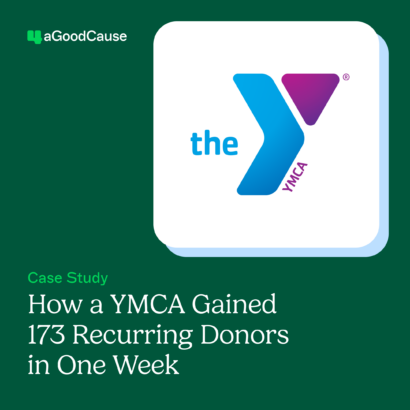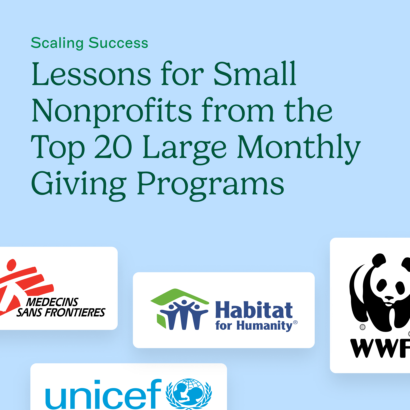Nonprofits often receive the bulk of yearly donations during the month of December. Have you crafted a plan for how you’ll thank these donors come January?
Thanking your donors can have a direct influence on donor retention rates, not to mention it’s simply a gracious thing to do. Planning a “thank you” campaign is just as important as planning your fundraising campaign.
The following are key elements for your “thank you” campaigns.
Automated email
This is a given. After your donor completes the donation process, there should be an automated warm and friendly “thank you” email so they know you have received their donations. This email should include information regarding your nonprofit, what will happen with the money and a record of the gift so the donor can deduct the donation on his or her taxes.
Personalized “thank you”
Although they already received a “thank you” email, this is not quite enough. Though it’s a good practice, your donors will know these emails are automated and won’t hold much meaning for them. Within 48 hours of receiving their donations, try to follow up your automated email with either a personalized phone call or hand-written “thank you” note. In these messages, praise the donor for their generous gift. Explain to them exactly how their money will impact cause. Be personable in this interaction, call them by their first name, introduce yourself, explain to them what their donation has made possible for your nonprofit and how grateful you are.
Although a phone call is highly encouraged, you could also choose from these seven other ways to thank your donors.
Delegating “thank you” phone calls
If you choose to deliver a “thank you” phone call, deciding who will deliver them is also important. Whether it is your board members, members of staff or your volunteers, you need to think about how their personality would work for this task. Choose someone who will be friendly, engaging and warm. You want your donor to feel your appreciation through this interaction. By delegating this task, it will also allow you to plan time for thank yous instead of pushing them to the end of your to-do list.
Timing is everything
Taking into account when your donor would want to receive a phone call is very important. Use business hours as a guideline of when to call, taking into account lunch breaks near the middle of the day. Always state right away in the phone call who you are and why you are calling. Keep the call short and sweet, making sure you answer any questions or concerns they may have.
Creating the perfect script
Before making the calls, develop a script for your caller’s reference. This is especially important if you have multiple people on the task. This script is meant simply as a guideline for those calling your donors. Offer a training session to help callers get comfortable with calling and thanking your donors. This script should then be adjusted for each donor incorporating their impact on your cause.
After the call
You may think you are done with the “thank yous” after this call but you are not. Tracking this entire process is key to donor retention. Knowing when a donor chose to give and when you thanked them will eliminate any overlooking of donors. Your thank you campaign does not end here either. Throughout the year make sure you send out at least two general “thank you” mailings, just to let your donors know that you are thinking of them. Showing your appreciation with multiple thank yous will help build a long last relationship with your donors.



